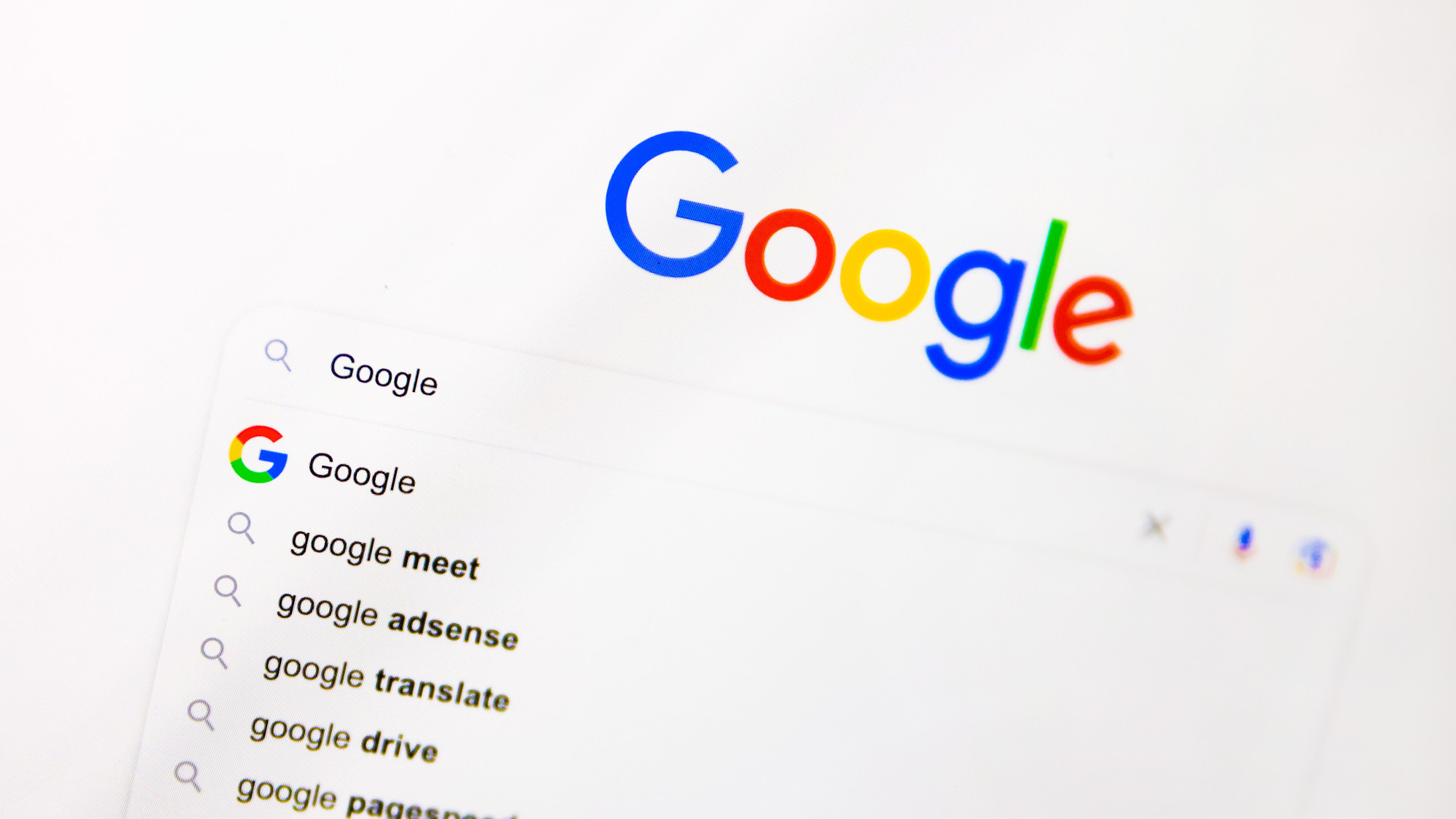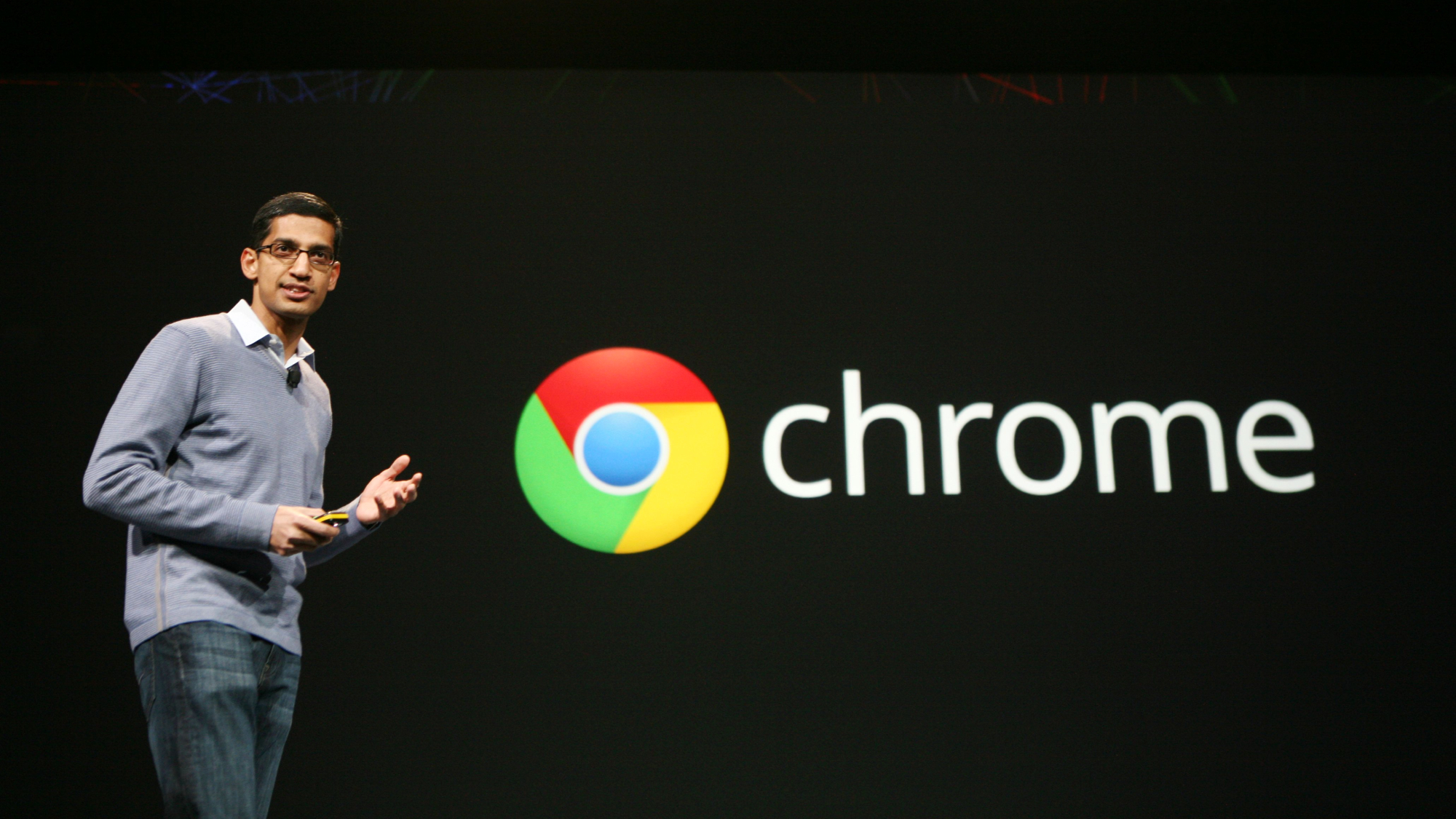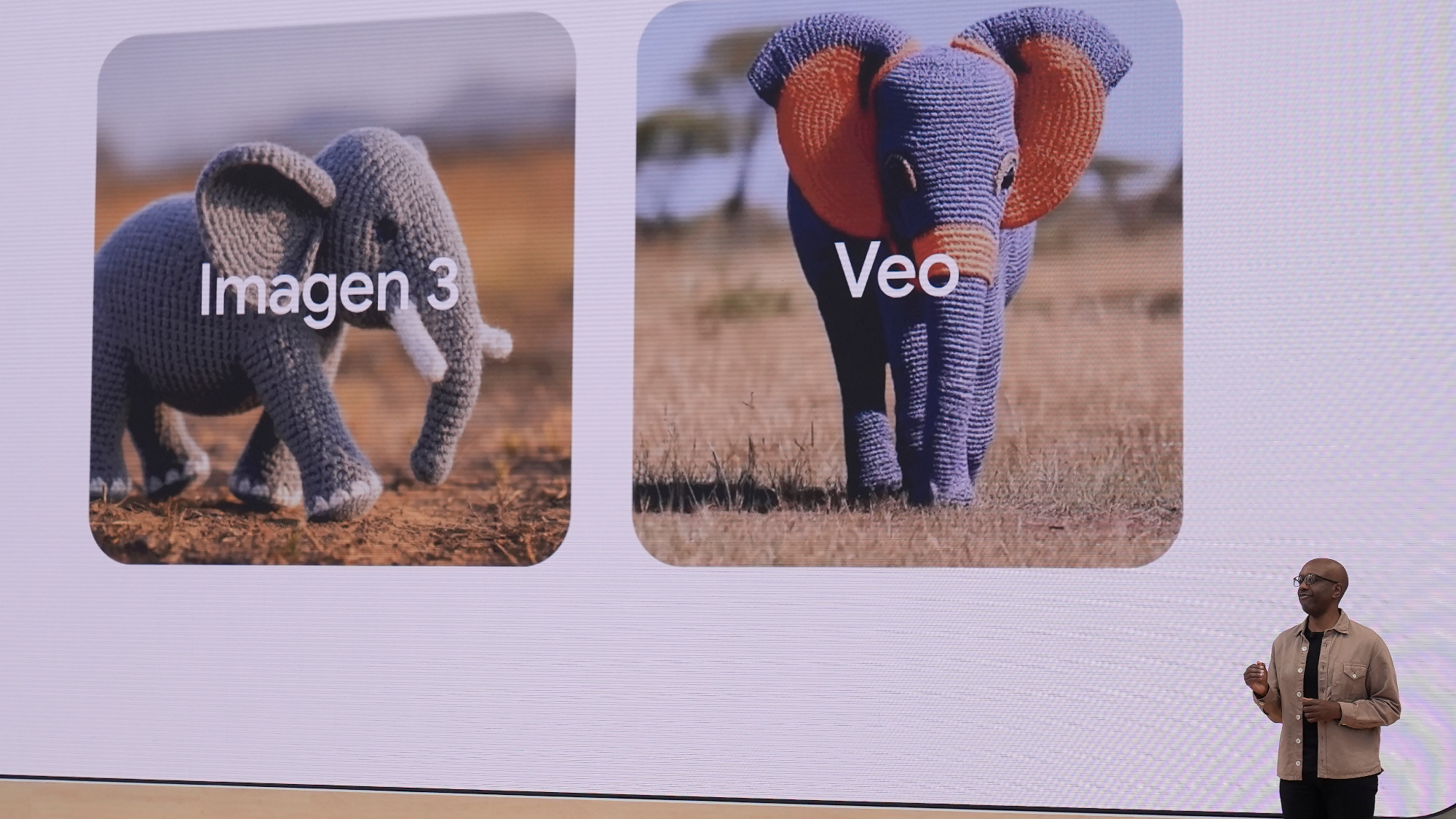Google reveals Daydream virtual reality platform
Google unveils new virtual reality device, stepping up its game after Cardboard
As expected, Google has unveiled an Android based virtual reality platform at its annual I/O conference in Mountain View, California. A more advanced successor to Cardboard, it's called Daydream but Google won't actually make the headset. Instead it will make its designs available to hardware makers.
Rather than being a high-end headset like the Oculus Rift or HTC Vive, or a standalone device as rumoured by some before the event, Daydream relies on a smartphone slotted in to the viewer to act as the brains of the device.
As such, ReCode calls it "Cardboard 2.0" – it's still a smartphone viewer, but moves the game on significantly from the company's rudimentary reveal two years ago.
The Week
Escape your echo chamber. Get the facts behind the news, plus analysis from multiple perspectives.

Sign up for The Week's Free Newsletters
From our morning news briefing to a weekly Good News Newsletter, get the best of The Week delivered directly to your inbox.
From our morning news briefing to a weekly Good News Newsletter, get the best of The Week delivered directly to your inbox.
Daydream itself isn't just about hardware. Google's new virtual reality ambitions feed directly back into the next iteration of its Android software and it encompasses both. The next generation of Android N smartphones will power the headset exclusively, says The Verge, unlike Cardboard which "worked with almost any smartphone".
There are hardware requirements – the phones powering Daydream will need special sensors and screens – and Android N will have a special Android VR mode built into it, for stronger virtual reality experiences, as well as dedicated support – it's an entire ecosystem complete with a home screen hub.
Inside the hub, there are special virtual versions of YouTube, Google Photos, Street view and other Google apps. The company has the support of outside firms like Netflix, who will create a Daydream version of the popular streaming service, as well as game developers like EA and Ubisoft.
Several hardware partners who will make Daydream-ready phones when the platform launches this autumn have also been announced. These include giants like Samsung and LG, as well as Huawei, Xiaomi, Asus, Alcatel and ZTE.
A free daily email with the biggest news stories of the day – and the best features from TheWeek.com
Pegging Daydream alongside Samsung's Gear VR seems natural considering the two work on the same smartphone based premise, but when third party manufacturers take Google's design and begin spinning out Daydream headsets, the new device will come with a distinct feature.
Gear VR can be bought with a gamepad companion, but Daydream devices will come with a small remote packed with sensors and a touch sensitive trackpad. It's tracked in virtual space, for navigating and interacting with the virtual experiences.
Wired says that Google's approach to virtual reality – by optimising the experiences mobile devices can deliver over pricy PC dedicated hardware – is for now, the way most people will get into VR. Android VR will "be everywhere, and will come in lots of different shapes and sizes".
-
 Political cartoons for December 23
Political cartoons for December 23Cartoons Tuesday's political cartoons include an eye on CBS, cracking the middle class, and Donald Trump's name on everything
-
 Women carrying Christmas
Women carrying ChristmasTalking Point As the Christmas frenzy ramps up, many mums feel the pressure of ‘keeping the whole sleigh on the road’
-
 Is Keir Starmer being hoodwinked by China?
Is Keir Starmer being hoodwinked by China?Today's Big Question PM’s attempt to separate politics and security from trade and business is ‘naïve’
-
 Has Google burst the Nvidia bubble?
Has Google burst the Nvidia bubble?Today’s Big Question The world’s most valuable company faces a challenge from Google, as companies eye up ‘more specialised’ and ‘less power-hungry’ alternatives
-
 How the online world relies on AWS cloud servers
How the online world relies on AWS cloud serversThe Explainer Chaos caused by Monday’s online outage shows that ‘when AWS sneezes, half the internet catches the flu’
-
 Is the UK government getting too close to Big Tech?
Is the UK government getting too close to Big Tech?Today’s Big Question US-UK tech pact, supported by Nvidia and OpenAI, is part of Silicon Valley drive to ‘lock in’ American AI with US allies
-
 Google: A monopoly past its prime?
Google: A monopoly past its prime?Feature Google’s antitrust case ends with a slap on the wrist as courts struggle to keep up with the tech industry’s rapid changes
-
 South Korea's divide over allowing Google Maps
South Korea's divide over allowing Google MapsTalking Points The country is one of few modern democracies where the app doesn't work
-
 Google avoids the worst in antitrust ruling
Google avoids the worst in antitrust rulingSpeed Read A federal judge rejected the government's request to break up Google
-
 Is AI killing the internet?
Is AI killing the internet?Talking Point AI-powered browsers and search engines are threatening the death of the open web
-
 Unreal: A quantum leap in AI video
Unreal: A quantum leap in AI videoFeature Google's new Veo 3 is making it harder to distinguish between real videos and AI-generated ones